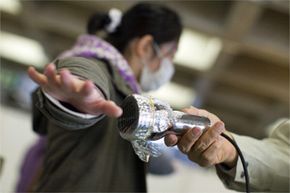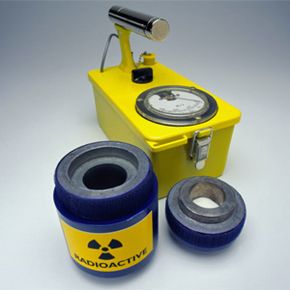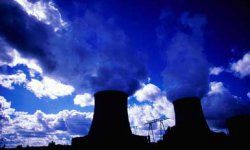Already reeling from the devastation of an earthquake and a tsunami in March 2011, Japan faced another daunting hurdle on its road to recovery: cleaning up the damaged Fukushima Daiichi nuclear power plant. After the earthquake and ensuing tsunami damaged the facility's coolant systems, plant operators worked tirelessly to limit the meltdown at Fukushima Daiichi and restrict the release of radioactive material into the surrounding environment.
Cleaning up radioactive material under any circumstances can be a complicated, expensive undertaking, and Fukushima Daiichi will be no exception. Hidehiko Nishiyama, a spokesperson for Japan's nuclear safety agency, has already announced that it will be months before the agency will have the situation at the plant entirely under control, and some experts estimate the cleanup effort could last years or even decades. What's more, the cost of the cleanup could easily skyrocket past the cost of building the power plant in the first place [source: Klotz].
Advertisement
To understand why radioactive cleanup is so tedious and costly, it helps to know why radioactive material is so dangerous in the first place. Radioactive material, unlike most matter, is inherently unstable. Over time, the nuclei of radioactive atoms emit what's known as ionizing radiation, which can come in three primary forms: alpha particles, beta particles and gamma rays. Under certain circumstances, any of the three can harm humans, stealing electrons from atoms and destroying chemical bonds. Unlike alpha and beta particles, however, gamma rays can pass directly through the body, wreaking havoc in the process. Indeed, faulty attempts by the body to repair that damage can lead to cancerous cells.
Uranium and its byproduct, plutonium, both produce gamma rays at levels extremely dangerous to humans -- even brief exposure to a small amount of plutonium can prove fatal, for instance -- but nuclear power would be impossible without them. Thanks to rigorous safety standards and mechanisms, however, workers at nuclear power plants (and everywhere else radioactive material is handled) very rarely come in contact with harmful levels of radiation.
Still, these facilities can't operate forever, and that's when radioactive cleanup is necessary. In fact, it's called for in a variety of situations, not just meltdowns. Decommissioning a nuclear weapon? Disposing of radioactive medical waste? You're going to have to go through the highly involved ordeal that is radioactive cleanup. Before the process can start, crews need the equipment to do the job. We'll find out what trusty tools technicians turn to next.
Advertisement


